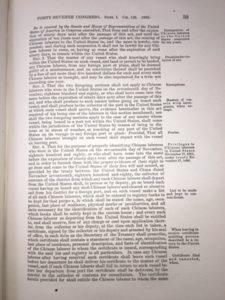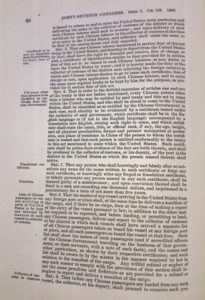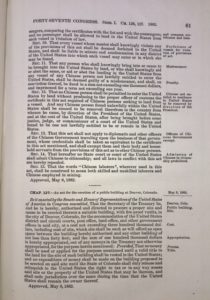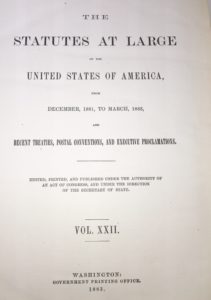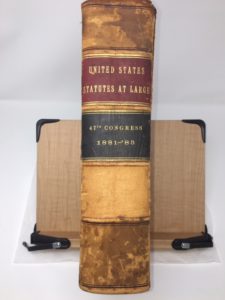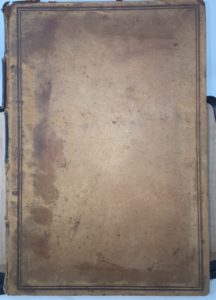CHINESE EXCLUSION ACT of 1882
[47th Congress, Sess. I, Chapter 126, 22 Stat. 58-61]
The Chinese Exclusion Act imposed a ten-year ban on Chinese immigration. In addition, the Act negatively impacted Chinese residents by denying them citizenship and resigning them to inferior status as permanent resident aliens. For the first time in American history, the Chinese Exclusion Act denied entry into the country of a particular ethnic group. According to the Act, Chinese labor “endangers the good order of certain localities.”
The Act was extended in 1892 by the Geary Act and made permanent in 1902. The Act and similar laws that followed were based on nativist concerns about declining wages and racial purity. As a result, Chinese immigration came to a standstill.
The 1906 San Francisco earthquake and fire destroyed government records thereby presenting an opportunity for Chinese men to claim that they were native-born citizens who were allowed to bring their wives and children into the country. It is believed that many aspiring Chinese citizens would study ancestry records describing their “families” during the voyage to America. The study guides would be thrown overboard before reaching Angel Island in San Francisco Bay. In order to be permitted to leave Angel Island the “paper relatives” were required to answer detailed questions, including: “How many steps are there in your house?” “Where do you sleep?” “Who lives next door?” These same questions were asked to “family members” in San Francisco. If the answers did not match, the applicant faced deportation. It is believed that ten percent of those who attempted to enter were returned to China under this restrictive policy.
In the 18th century, Chinese immigrants were primarily men. In 1900, only 1 in 20 of the American Chinese population were female. Because of this imbalance the Chinese population declined from 105,000 in 1880 to 62,000 in 1920.
In 1907, the same anti-immigration policies were extended to Japanese immigrants, who were also denied entry into the country. Congress began imposing literacy tests for immigrants in 1917. A racial quota system was initiated in the 1920s. Immigration was capped at 150,000 and entirely barred Asian immigration. The National Origins Act of 1929 established racial quotas that limited immigration from any one country to 2% of the makeup of the U.S. in 1890. Because the majority of eastern and southern Europeans had arrived after 1890, the quota heavily favored northern Europeans.
The National Origins Act was repealed by the Magnuson Act of 1943. By this time, China was an American ally during World War II. Even so, the Magnuson Act allowed only 105 Chinese immigrants per year, reflecting persistent anti-Chinese prejudice. Significant Chinese immigration to the United States did not resume until the Immigration Act of 1965, which ended 80 years of restrictive policies that began with the Chinese Exclusion Act of 1882.

